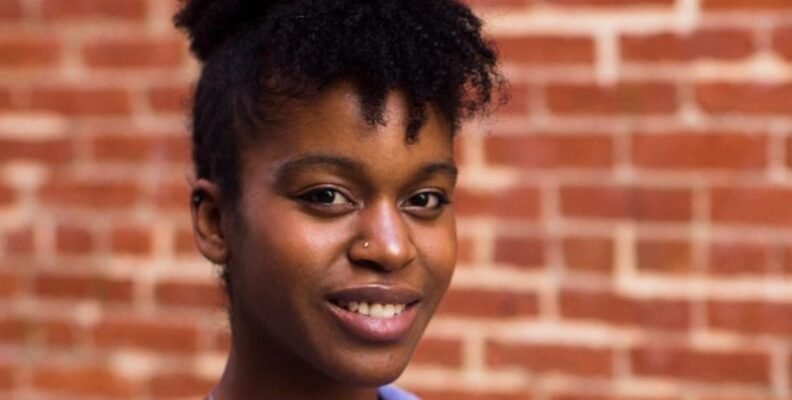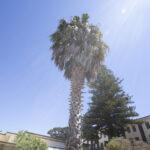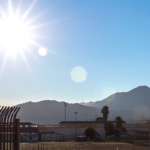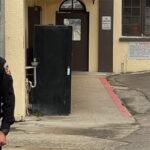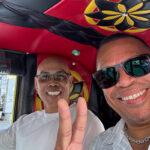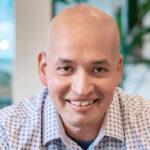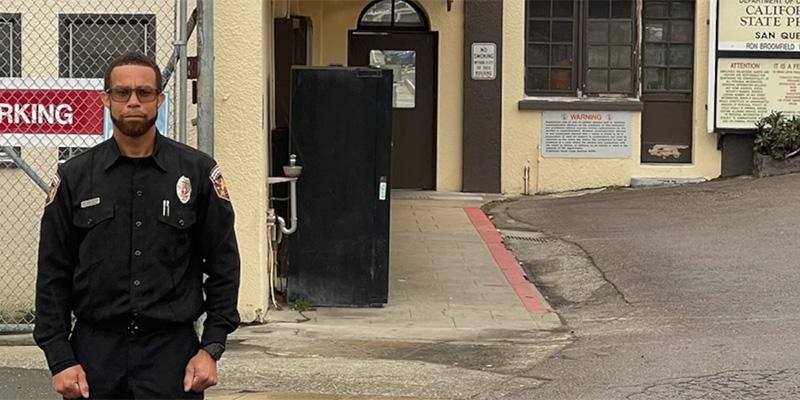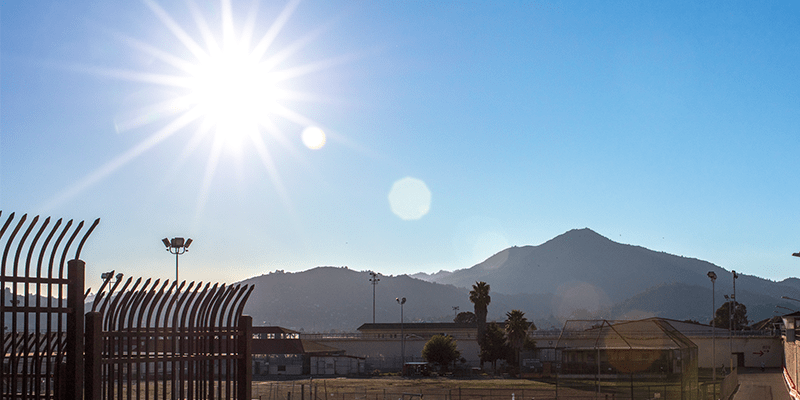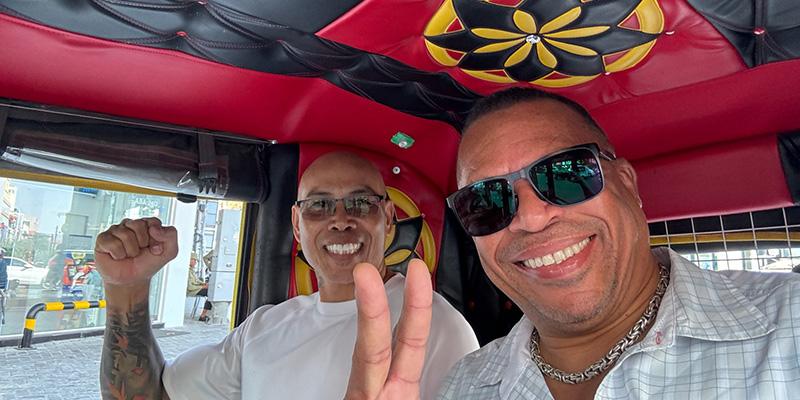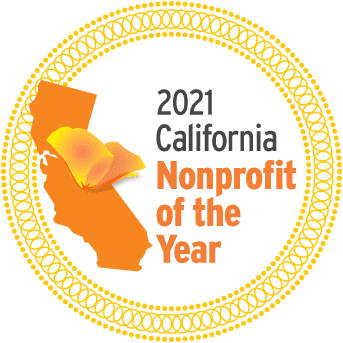Sia Henry, Prison University Project board member and Senior Program Associate at Impact Justice reflects on her experience teaching and tutoring at San Quentin.
When I tell people I volunteer in San Quentin the usual reactions are: “that’s fascinating, what’s it like going into a prison?”; “It’s great that you’re doing that”; and, my favorite, “do you ever get scared?”
The overall sense seems to be that I am a “good person” for going into a “dangerous” place to “help” “dangerous” people. I understand where this sentiment comes from, after all, few people have been inside a prison unless they themselves have been incarcerated. Still, however, I would love nothing more than to change the woefully flawed yet seemingly ingrained assumption that incarcerated people are “those” people on the other side of the wall. They are somehow different simply because they have been found guilty of behavior that has been deemed a crime in the eyes of the law.
The reality is that “those” people on the other side of prison walls are no different than the ones on our side. Between teaching in classrooms and tutoring in study hall, I’ve met published authors, poets, carpenters, entrepreneurs, surfers, fishermen, journalists, actors, musicians, lawyers, social justice activists, budding horticulturists, dancers, financial investors, playwrights, historians, loving sons, committed fathers, first-generation immigrants, indigenous people, bilingual scholars, young boisterous dreamers, and wise pensive elders.
So, “what’s it like going into San Quentin?” For me, it’s like going to Thanksgiving with my large Caribbean family. I’m filled with joy as I greet people during my walk to the education building. Someone rushes over to show off photos from a recent visit with a now adult child they had not seen in over a decade. I run into a student I taught during a previous semester and we chat briefly about a new assignment he’s working on. As I make my way into study hall, students are having lively debates about politics, music, and even Shakespeare. Two men approach me about helping them with a math problem. Just as I insist that math is at the top of the list of things I simply cannot help them with, another student chimes in, asks to see what they are working on, and spends the next fifteen minutes talking through the equation with them.
Meanwhile, someone is translating the original Hebrew and Greek versions of the Bible into English and explains he’s getting ready to start on the Latin text. People exchange words of encouragement as they commiserate together over their thesis statements. As I sit with one student who’s struggling to develop an outline for a research paper writing class, another incarcerated person, who already passed that course, joins us to help brainstorm ideas. A young man, probably in his early 20s, wanders in to ask how he can enroll in the college program and, before I answer, a student jumps in to offer an explanation. Later, a Prison University Project graduate, who recently had his sentence commuted by the governor of California and is now serving as a teaching assistant for a pre-college English course, stops by to explain that he developed a handout to guide other incarcerated people through the process of applying for commutation.
Each evening the line separating volunteers and students is blurred and all that is left is a singular noise, the collective sound of people picking each other’s brains, searching for meaning, and finding it together. It’s easy to get lost in the beautiful chaos of it all. Before I know it I look up and it’s 8:01 pm. The building is suddenly quiet and there are only a few students who have lagged behind and are now packing up their books to return to their housing units.
I always feel strange leaving prison after an evening inside. I trace my steps back past concrete walls with thick metal doors, past metal detectors and correctional officers, then beyond gates and barbed wire fences. Walking back outside into the moonlight, back to my car and on with my life in the “free world,” it’s in that moment that I feel how fortunate I am. Fortunate for having both parents in my life that have always supported me, fortunate for my upbringing, fortunate for my academic opportunities. Most importantly, it is in that moment that I feel fortunate to be able to walk away. Our students, and the thousands like them, don’t share that luxury. Even the ones who will one day be released will have a criminal record that will follow them to every job interview, housing application, and attempt at upward mobility. What’s more is we all suffer because we as a society have chosen to deprive ourselves of the brilliance that is each and every person behind those walls.
I have come to understand that “no one is free until we are all free.” (Dr. Martin Luther King, Jr.) I therefore celebrate our students’ triumphs as if they were my own because I believe their accomplishments and liberation is ultimately and intricately entwined with my own—with all of ours.
Please note that the Prison University Project became Mount Tamalpais College in September 2020.
